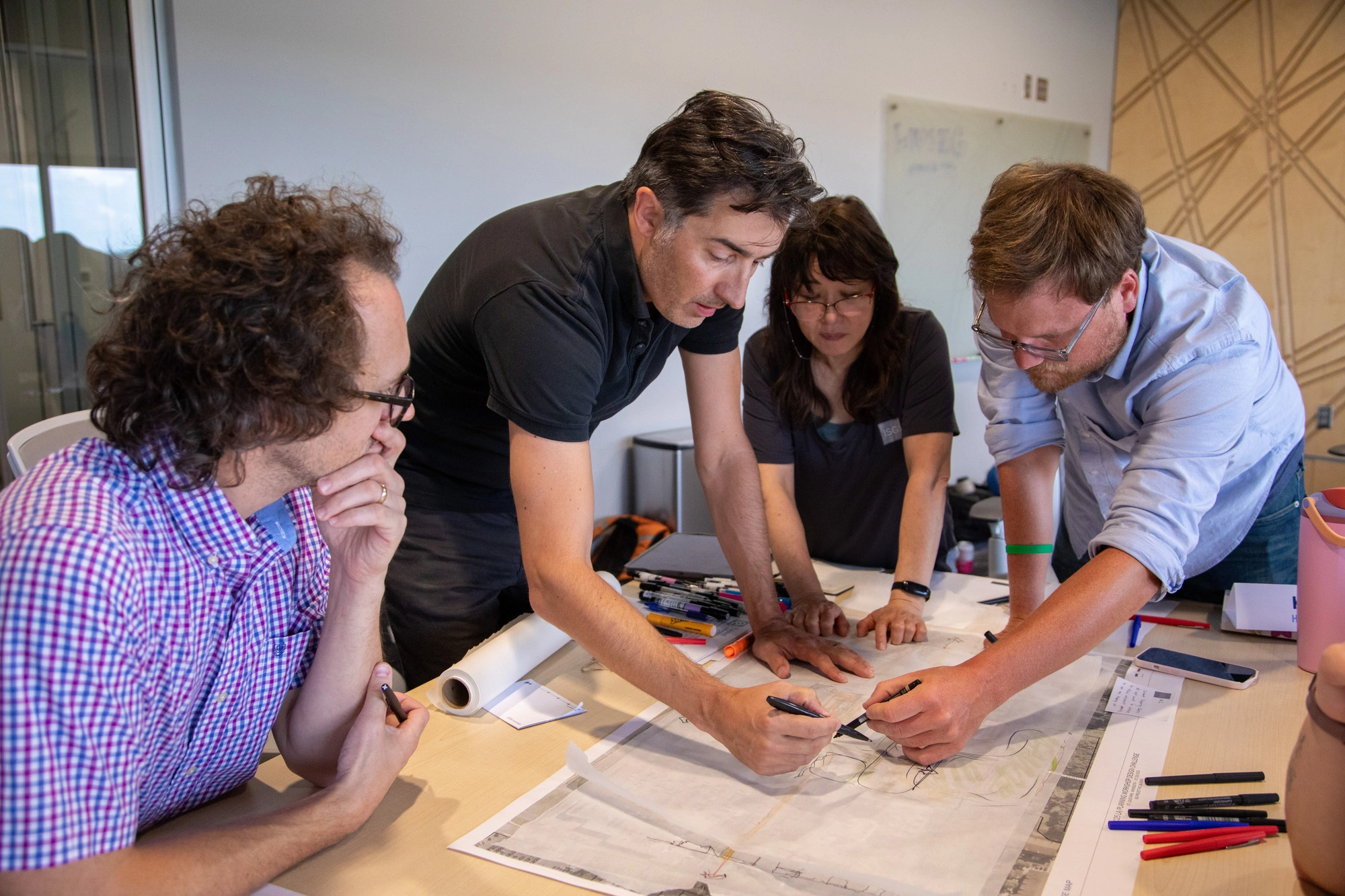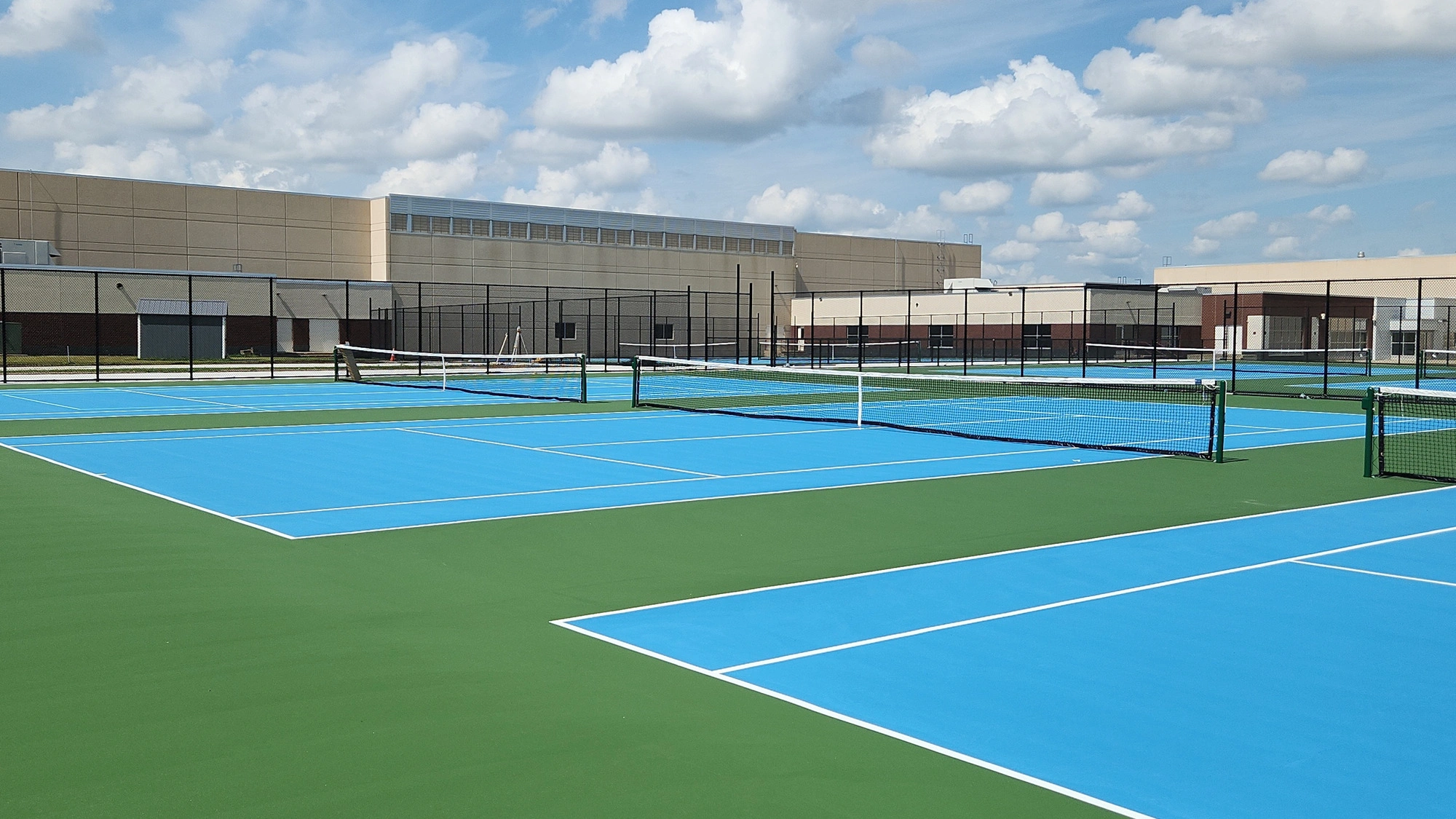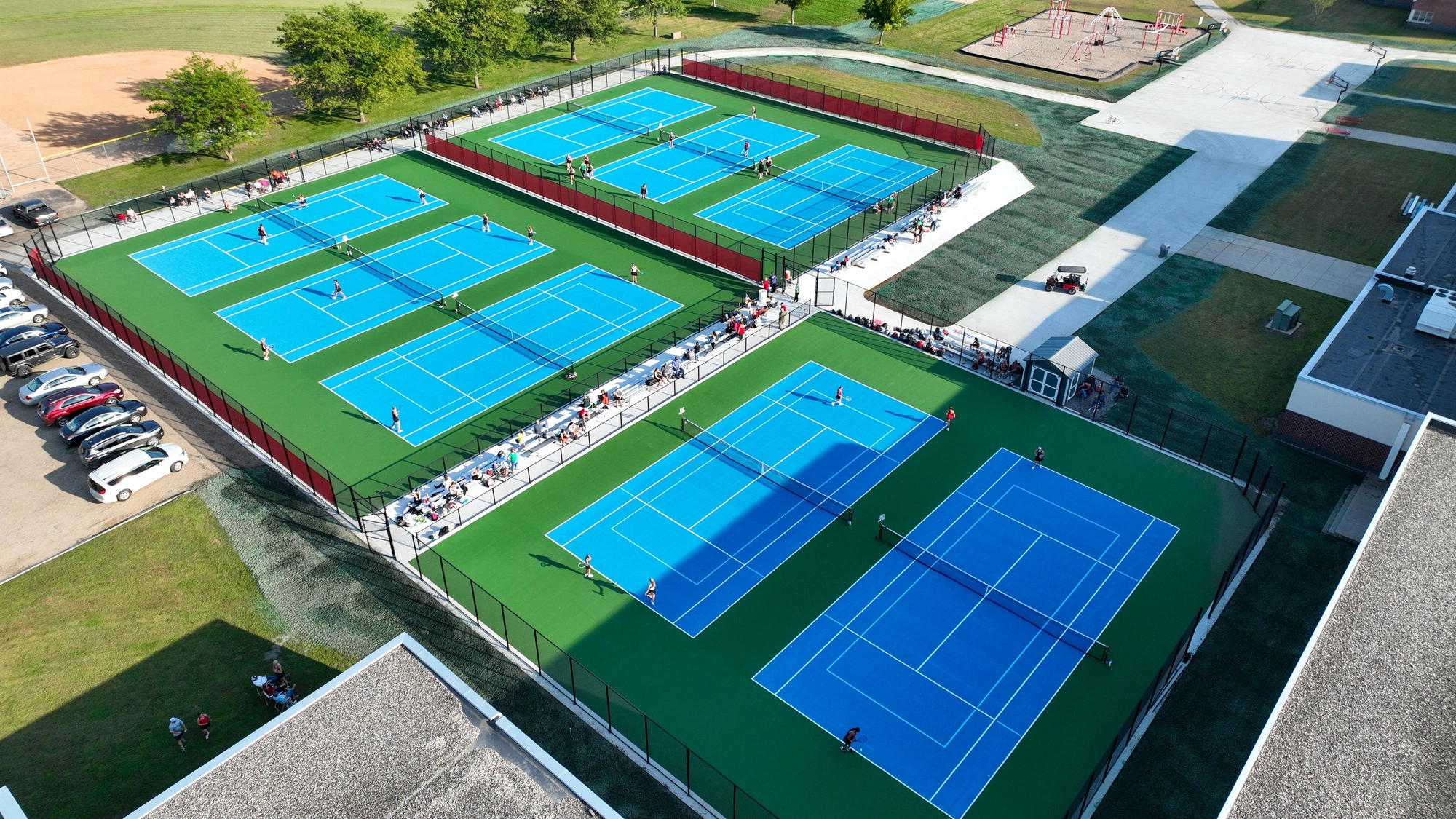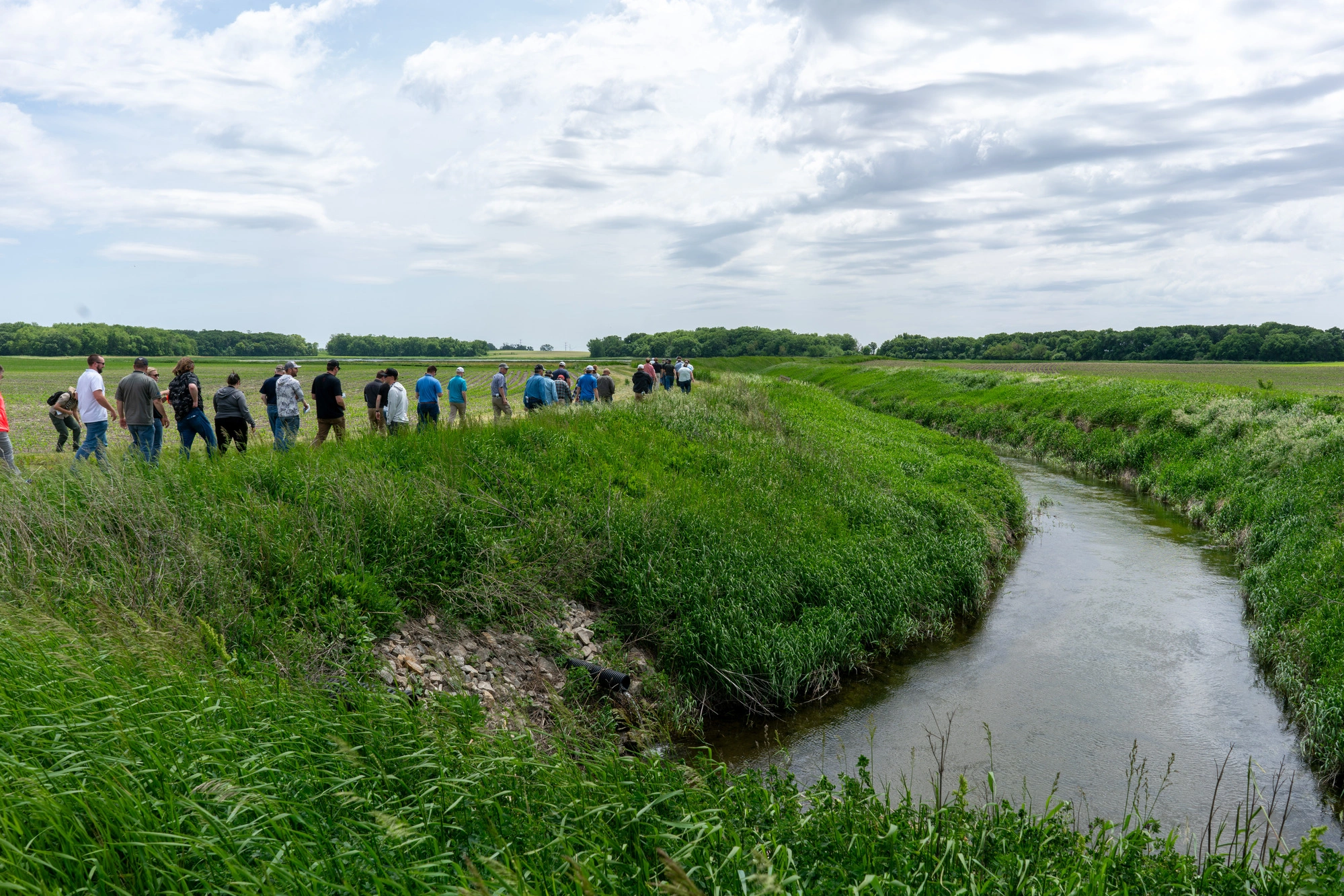HVAC Negative Pressure Rooms
With healthy environments of upmost importance, particularly while serving on the front lines of the COVID-19 pandemic, hospitals and medical facilities are taking proactive measures to ensure the health and safety of their patients, staff, and building guests. To achieve this, the focus has been on reducing the risk of contaminants spreading from room to room through an increased number of negative pressure or infectious isolation rooms. A negative pressure room is created when the air pressure inside the room is lower than the pressure outside, which induces air movement from outside to inside the room. Air removed from an infectious isolation room is not allowed to mix with any other air in the building and is moved directly outside via zero-leak ductwork. Exhaust air is replaced with fresh outside air to maintain a pressure relationship between the building and the outdoors.
While well-intended, creating additional negative pressure rooms increases the total building exhaust and required fresh air to make up for that exhaust. Since most HVAC systems within medical facilities were not originally designed to handle increased fresh air (hot and humid in the summer and very cold in the winter), buildings can become negatively pressurized, which is detrimental to overall building health. Some of the negative impacts that could occur due to an increased number of negative pressure rooms include difficulty controlling indoor temperatures, cold drafts, musty smells or stale air, higher energy costs, permanent damage to exterior building components due to vapor infiltration, and exterior doors that are difficult to open and close.
Consider other measures before making drastic changes to your facility’s exhaust system. Selecting the right partner will ensure that all options are presented, and challenges are navigated with ease. ISG’s MEP professionals are eager to provide you with simplified solutions that will improve the air quality within your facility so that you can continue to provide your building occupants with a healthier, safer, and more sustainable environment.

.webp)
Related Articles

.webp)
ISG Recognized as a 2025–26 Emerging Professional Friendly Firm for the Fourth Consecutive Cycle
ISG has been honored as a 2025–26 Emerging Professional Friendly Firm by AIA chapters in North Dakota, South Dakota, Wisconsin, and Minnesota in recognition of its commitment to fair compensation, licensure support, mentorship, and growth for early-career architects.













